Cons of Multifocal IOLs
We have not yet invented and manufactured the perfect IOL on planet Earth. However, every new generation released has fewer and fewer negative effects than the prior. We are now implanting the 7th and 8th generation of presbyopia-correcting, multifocal IOLs at the time of cataract surgery or RLE: the Panoptix Pro, the Envy and Odyssey IOLs.
Nighttime Halos:
To achieve a full range of vision, multifocal IOLs split and distribute light. A common visual side effect of multifocal IOLs is the presence of nighttime halos or starbursts around points of light, such as street lamps or headlights. These photic side effects have improved and diminished in the last two decades as new generation IOLs have been released, and are not bothersome to most.
In Dr. Raviv’s experience, about 2% of multifocal IOL patients complain that the halos at night are severe and impact night driving. Typically, these symptoms resolve over months and can be ameliorated with eye drops and anti-glare glasses. In the rare instance that the nighttime halos are still bothersome, the multifocal IOLs can be swapped out for a monofocal IOL, eliminating the rings but also reintroducing the need for readers.
Need for Enhancement:
Every human being heals differently, and when we remove the natural lens and implant a man-made IOL in the eye (during cataract surgery or RLE), there is some variance among the population on where the IOL will ultimately heal into place. If the IOL sits a millimeter more forward or backward than planned, there can be a small residual glasses prescription remaining. Most of the time, this is minor, and the vision after multifocal IOLs is excellent. Occasionally, enough of a residual prescription (such as astigmatism) exists that an enhancement procedure is recommended.
In Dr. Raviv’s experience, about 3% of our multifocal IOL patients will benefit from an enhancement procedure such as PRK or LASIK, done about three months after the procedure, to treat any unplanned residual astigmatism or glasses prescription, that occurs when someone heals as an outlier.
Swapping out the IOL:
The IOLs inserted at the time of cataract or RLE surgery are permanent and last a lifetime. Because multifocal IOLs employ complex optics, there is sometimes an adjustment period when the brain gets accustomed to the new visual inputs. Most patients are accustomed to their multifocal IOLs in days, rarely weeks or months, and very rarely years.
In Dr. Raviv’s experience, sometimes the brain, eye and multifocal IOL are not a good fit. Even after an adequate adaptation period. In our practice, about 0.5% of multifocal IOL patients require an IOL exchange or a swap out of their multifocal IOL for a monofocal or sometimes an EDOF IOL. While IOL exchange requires another procedure, Dr. Raviv is experienced in this surgery, enabling us to address even an undesirable visual outcome.










